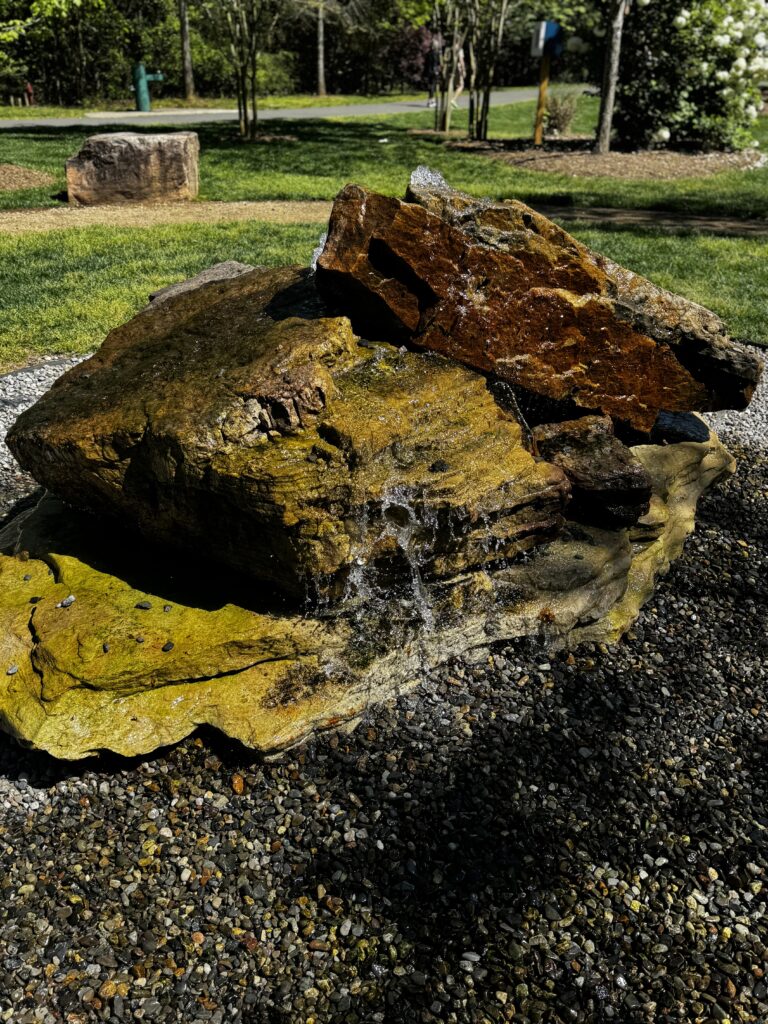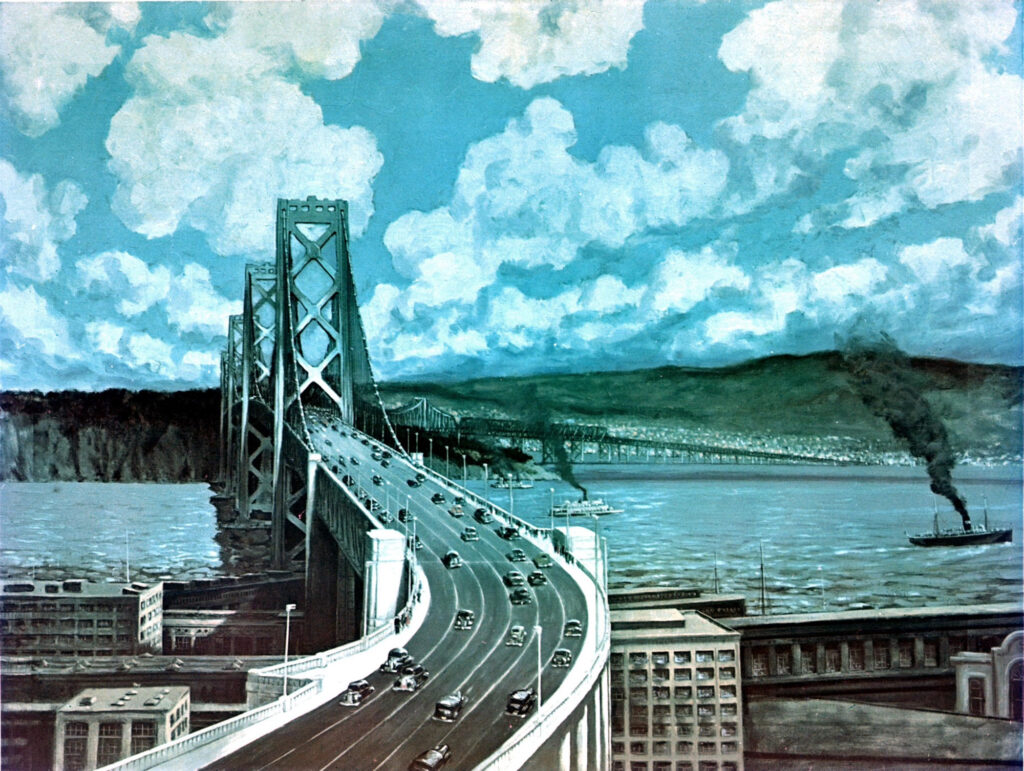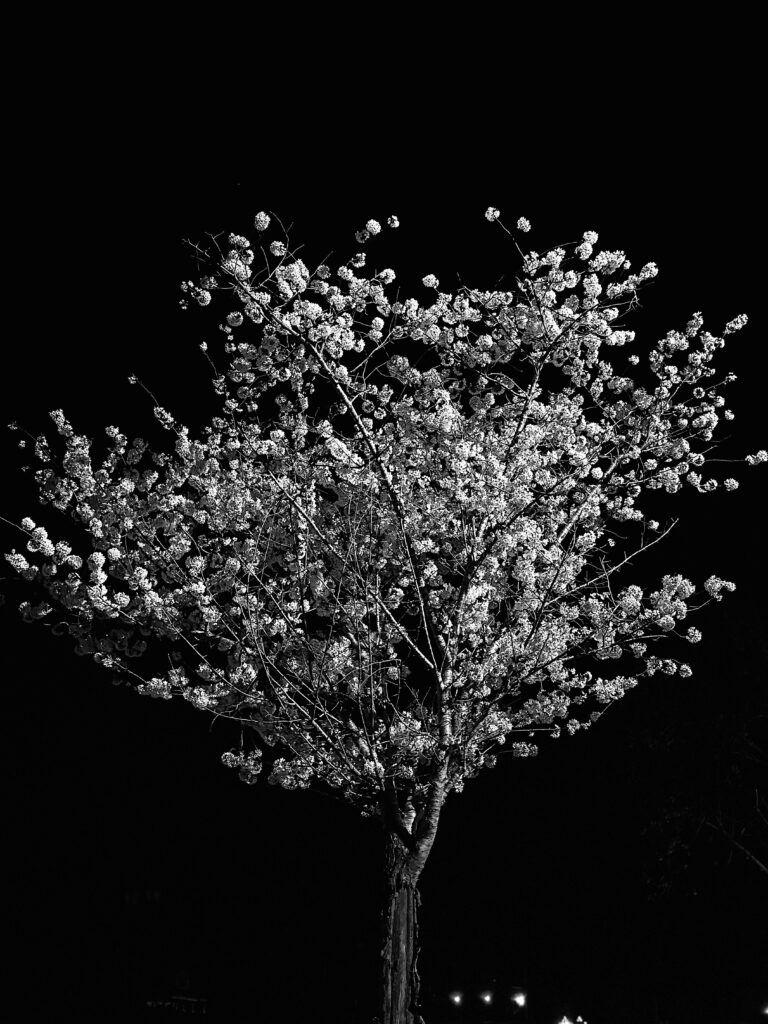I am a stone mess
a hardened stoic bone test
made resistant


over the open water
I enter the city main
the bridge hands its levee
with a debt to be paid
the city paved park
takes cash to suspend
the territorial encroachment
of visitors w/o friends
life calls & doors open
across the barter lines
the end not foreseen
when purchased over time

1945—A Rural Interstate Highway Carl Rakeman
From the Federal Highway Administration’s (FHWA) “Highways of History” project. Rakeman’s work eventually included 109 paintings with accompanying text describing and depicting a chronology of key events from 1539 (“The Coming of the Horse”) through 1945 (“Rural Interstate Highway” and “Urban Depressed Express Highway”). https://www.fhwa.dot.gov/interstate/artgallery.cfm

My ceremonial absence was forged in a dream It came fluttering inward, giddy and serene
I became dust with the wild darkness of the night
A golden light swoops in telepathically to speak
With one star shaped scrape it sets my mind free
Ominous presence envelopes ethereal infancy Pulling at the vapor, stiffening into a cathartic shriek
I turn myself back into the universe, incomplete
open the door
to what resides
a cracking instance
from deep inside
look in the room
where you confide
a breaking reticence
to a changing tide
fall to the floor
for you have lied
a humbling distance
to what was bona fide
in this final measure
desperation collides
giving credence
to where joy is denied
what is this of death?
when does one have five leaves left?
flattened out, all bereft.
when does this wish benefit reset?
we almost never met.
life suspended,
like a star hangs the night.
there’s so much darkness
behind so much light.
into space filtered erasure;
death is human nature.
